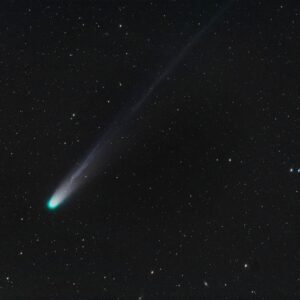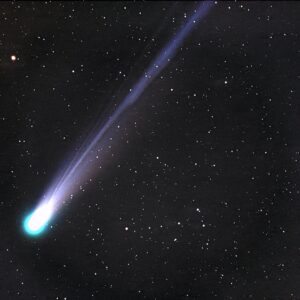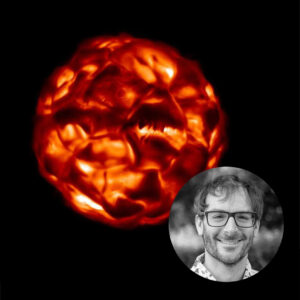Forumsvar skapade
-
FörfattareInlägg
-
Ja det är mycket spännande. Har bokat in ett pass i morgon kring midnatt med MWT, borde kunna nås då.
Mycket spännande, nu skulle man vara där nere! En nova synlig för blotta ögat är inte så vanligt, senast 2021 om jag uppfattat det rätt (både N Cas och marginellt N Her).
Hoppas istället att T CrB smäller snart, i natt 10,1. Bör bli ljusare.
Johan
I utbrott i natt igen, 10,6 med 40×100 bino.
/JohanI utbrott i natt igen, 10,6 med 40×100 bino.
/JohanVilket fantastiskt mastodontarbete Peter! Detaljerna närmast norra polen är förstås otydliga och det vore intressant att se en falskfärgskodning för att se dem bättre. Det vore också väldigt intressant att mäta upp deras longituder och se om deras rörelser är konsistenta med långlivade distinkta ljusa ovaler eller virvlar.
Hur många bilder och observatörer bidrog? Fick du interpolera data som vid förra projektet eller var observationerna tillräckligt bra samplade?
Mvh Johan
Otroligt snyggt gjort Peter! Kul att se hela ytan samtidigt som upplevelsen liknar den i teleskopet. Fina färger, mängder av detaljer och helt sömlösa bildövergångar, precis som vi lärt oss att förvänta av dig!
Johan
Denna fångade jag också natten som gick, mycket lättare än V0624 Peg och direkt synlig i fältet. 10,3 med 40×100 på en ljus himmel en otroligt fin försommarnatt.
Johan
Jättekul att du tipsar om de här utbrotten Hans! Det ger mersmak och en spark i baken. 😆
Det var en svår observation pga ljus himmel och stjärnfattigt fält. Det tog ca fem minuter med 40×100-kikaren att verifiera stjärnan, som låg på gränsen till synlighet och dök upp då och då, något svagare än jfr 11,9.
Typiskt, missade denna i natt. Får besöka Nattmolnet lite oftare 😆
Otroligt fin och skarp bild Hans. Tydliga fibertrådar i penumbran. Snyggt!
Johan
I natt 19/20 maj fortfrande ljus, 11,5 mag. 40×100.
I natt 19/20 maj i utbrott mag 9,9 med 40×100.
I natt i utbrott mag 11,4 med 40×100. För två nätter sedan <12,1.
Stämmer bra med mina obsar (som inte är i AAVSO än).
Jag obsar nästan uteslutande variabler med den stora binon. Den är oerhört smidig med sina 45-gradersolkular, ljusstark, tar en minut att lyfta ut och med rättvänd bild hittar man snabbt. Med 40x förstoring når jag mag 12,5 månfria nätter, och man kan ju komma djupare med högre förstoring (saknar dock tvillingokular f.n.).
Mycket snabbare än med ett teleskop 😉
I kväll hade den sjunkit till 11,6 med 40×100 bino. Ganska svag mot fulllmånehimlen.
-
FörfattareInlägg
Senaste diskussionerna
-
V418 Cas
svar av
Hans Bengtsson
-
Aktuell solaktivitet
svar av
Hans Bengtsson
-
Teleskopguide
tråd av
astronomiralf
-
Al Nagler har gått bort
tråd av
davhei
-
3I/ATLAS
svar av
timokarhula
-
LDN 1355 Helping Hand
svar av
Arvid Emtegren
-
teleskop nybörjare
svar av
 Johan Warell
Johan Warell
-
Teleskopguide
tråd av
astronomiralf
-
Norrsken
tråd av
 AlexFerein
AlexFerein
-
Orioniderna 2025
tråd av
Hans Bengtsson
-
Komet C/2025 A6 Lemmon
svar av
Hans Bengtsson
Månadens bild i galleriet
Årets bild i galleriet
Senaste bilderna i forumet
Kalendariet
Antal unika dagsbesökare (unika IP)
Idag: 278 st
Senaste 7 dagarna: 4016 st
Senaste 30 dagarna: 19688 st


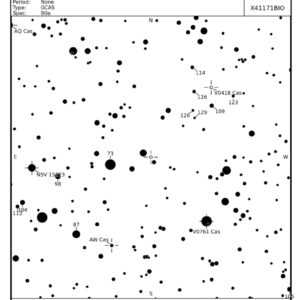



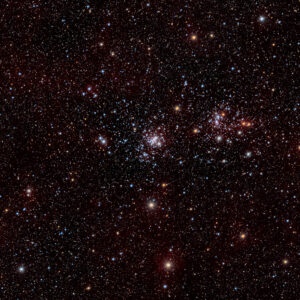

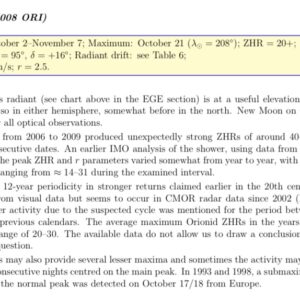
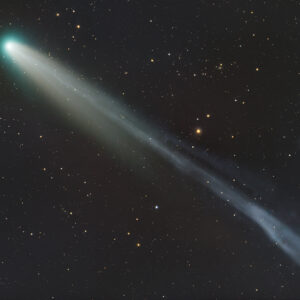
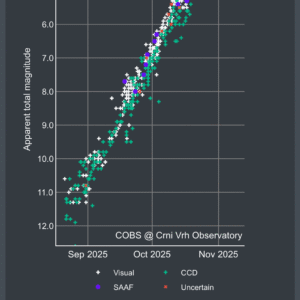
-300x300.jpg)
